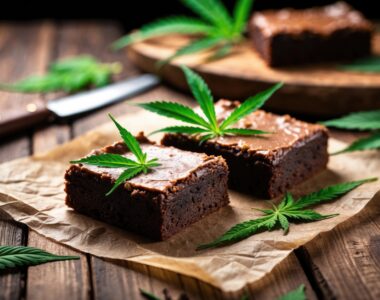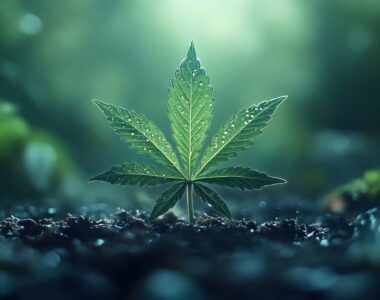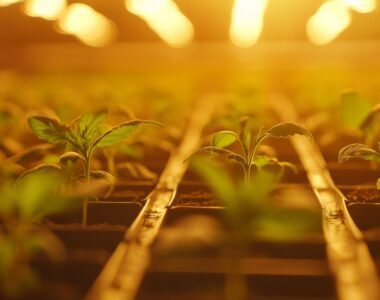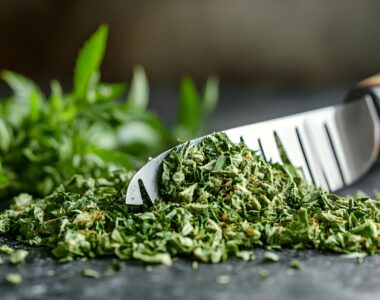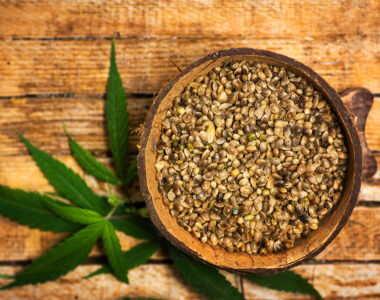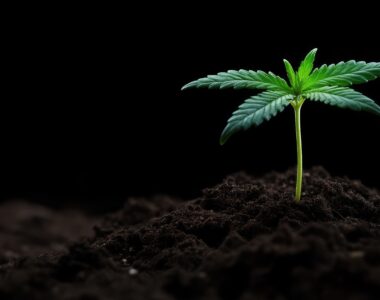A Troubleshooting Guide for Conscious Growers
Even the most dialed-in growers run into bumps in the road—and one of the most common is yellowing leaves. Sometimes it’s just part of the plant’s natural life cycle, but other times it’s a cry for help. Whether you’re just starting your first indoor grow or you’re several harvests in, yellow leaves can tell you a lot—if you know what to look for.
At Mr. Nice, we believe good growing comes from good observation. That means tuning into your plants and learning how to listen. Let’s walk through the top reasons your leaves might be turning yellow and how to address them.
1. Natural Aging: Not Always a Problem
Before you panic—check the age and location of the yellow leaves. If it’s a few lower leaves that are turning yellow as your plant matures, it could be part of the natural senescence process. Plants often pull nutrients from older leaves to feed new growth and flowering sites.
✔️ What to do: Nothing. As long as the yellowing is isolated and your plant is otherwise healthy, you’re good to go.
2. Overwatering or Underwatering
Water is life—but too much or too little can throw off your plant’s balance. Overwatering suffocates roots and causes yellow, droopy leaves. Underwatering leads to dry, crispy yellows, often starting at the tips.
✔️ How to check: Stick your finger into the soil about an inch deep. If it’s soaked or bone-dry, you’ve got your answer.
✔️ Fix it: Adjust your watering schedule. Let the soil dry out slightly between waterings and always ensure proper drainage.
3. Nutrient Deficiencies
This one gets tricky. Different nutrient deficiencies cause different yellowing patterns. For beginners, nitrogen deficiency is the most common. You’ll notice uniform yellowing starting at the bottom of the plant.
✔️ Other signs:
- Magnesium deficiency: Yellowing between leaf veins.
- Iron deficiency: Yellowing on new growth first.
✔️ Fix it: Use a balanced nutrient mix suited for your plant’s stage of growth. Mr. Nice recommends starting low and adjusting slowly—overcorrecting can cause more harm than good.
4. PH Imbalance
Even with the right nutrients, your plant can’t absorb them if the pH is off. Cannabis thrives in slightly acidic soil—ideally between 6.0 and 7.0 for soil grows, or 5.5 to 6.5 for hydro.
✔️ How to check: Use a pH meter or test strips on your water runoff or reservoir.
✔️ Fix it: Adjust with pH up or down solutions. Consistent monitoring is key to long-term health.
5. Light Stress
Believe it or not, too much love—in the form of high-intensity light—can burn your plants. Light burn causes yellowing at the tops of plants, sometimes with curling or crispy edges.
✔️ Fix it: Move your lights higher or dim them down if your plants are showing signs of stress, especially in veg and early flower.
6. Pests and Disease
Fungus gnats, spider mites, and root rot are sneaky culprits behind yellowing leaves. Always inspect under the leaves and around the soil line.
✔️ Fix it: Use neem oil, insecticidal soap, or beneficial predators like ladybugs depending on the issue. For root problems, adjust your watering and improve air circulation.
How to Stay Ahead of Yellowing
The best way to prevent yellow leaves is to stay observant. Monitor your water, nutrients, pH, and airflow. And when you notice a change, act with intention—don’t just toss in more nutrients and hope for the best.
At Mr. Nice, we believe growing is about more than just big buds. It’s about learning to read your environment and respond with care. Yellow leaves aren’t a failure—they’re feedback. Listen closely and your plants will thank you.
Final Tip: Keep a Grow Journal
Tracking what you feed, water, and observe daily will help you spot trends before they become problems. This kind of mindful growing is the foundation of long-term success—something Mr. Nice has stood for from the start.

